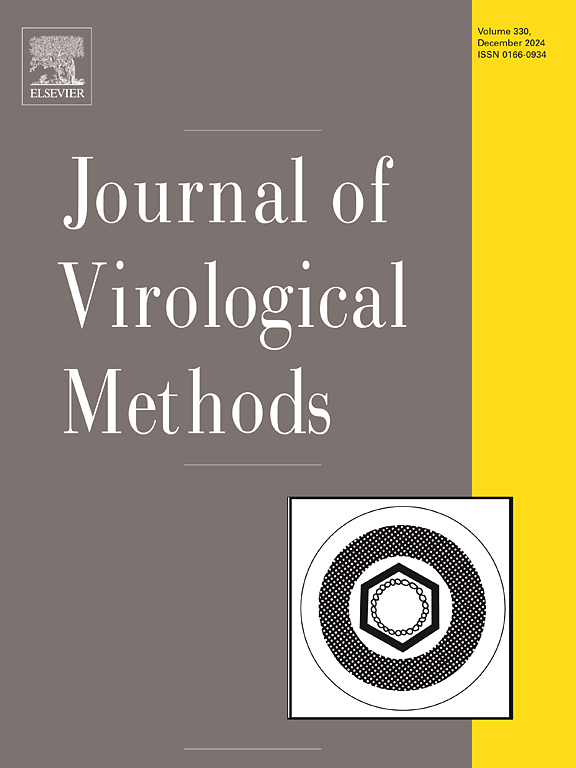在基于芯片的数字PCR系统上建立完整前病毒DNA测定(IPDA)用于HIV-1水库定量的考虑和局限性
IF 1.6
4区 医学
Q3 BIOCHEMICAL RESEARCH METHODS
引用次数: 0
摘要
完整前病毒DNA测定(IPDA)已成为HIV-1潜伏期研究中HIV-1病毒库定量以及HIV-1治愈策略评估的金标准。在这项工作中,我们将IPDA检测调整为基于芯片的数字PCR (dPCR)系统,建立了CCR5作为不同参考基因的使用,并评估了在细胞系、HIV感染者(PWH)关闭和接受抗逆转录病毒治疗(ART)的临床样本以及不同HIV-1亚型上的表现。我们的适应性IPDA在基于芯片的dPCR系统上表现良好,阴性对照中没有假阳性完整HIV-1,与基于液滴的dPCR系统相比,动手时间更少。无法检测到完整的HIV-1 DNA在抗逆转录病毒治疗的临床样本中很常见,并且与HIV-1总库大小和HIV-1亚型B样本的样本输入浓度相关。对非b亚型的性能取决于亚型,应该通过亚型特异性引物/探针组合来提高。本文章由计算机程序翻译,如有差异,请以英文原文为准。
Considerations and limitations for establishing an Intact Proviral DNA Assay (IPDA) on a chip-based digital PCR system for HIV-1 reservoir quantification
The intact proviral DNA assay (IPDA) has become a gold standard for HIV-1 reservoir quantification in HIV-1 latency research, as well as in the evaluation of HIV-1 cure strategies. In this work, we adjusted the IPDA assay to a chip-based digital PCR (dPCR) system, established the use of CCR5 as a different reference gene, and evaluated the performance on cell lines, clinical samples from people with HIV (PWH) off and on antiretroviral therapy (ART), and different HIV-1 subtypes. Our adapted IPDA performs well on the chip-based dPCR system with no false positive intact HIV-1 in negative controls and with less hands-on time compared to droplet-based dPCR systems. Undetectable intact HIV-1 DNA is common in clinical samples on ART and correlated with total HIV-1 reservoir size and sample input concentration for HIV-1 subtype B samples. Performance on non-B subtypes varies depending on the subtype and should be improved with subtype specific primer/probe combinations.
求助全文
通过发布文献求助,成功后即可免费获取论文全文。
去求助
来源期刊
CiteScore
5.80
自引率
0.00%
发文量
209
审稿时长
41 days
期刊介绍:
The Journal of Virological Methods focuses on original, high quality research papers that describe novel and comprehensively tested methods which enhance human, animal, plant, bacterial or environmental virology and prions research and discovery.
The methods may include, but not limited to, the study of:
Viral components and morphology-
Virus isolation, propagation and development of viral vectors-
Viral pathogenesis, oncogenesis, vaccines and antivirals-
Virus replication, host-pathogen interactions and responses-
Virus transmission, prevention, control and treatment-
Viral metagenomics and virome-
Virus ecology, adaption and evolution-
Applied virology such as nanotechnology-
Viral diagnosis with novelty and comprehensive evaluation.
We seek articles, systematic reviews, meta-analyses and laboratory protocols that include comprehensive technical details with statistical confirmations that provide validations against current best practice, international standards or quality assurance programs and which advance knowledge in virology leading to improved medical, veterinary or agricultural practices and management.

 求助内容:
求助内容: 应助结果提醒方式:
应助结果提醒方式:


